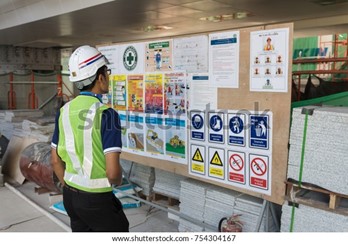Welcome to Use carpentry tools and equipment. This module will give you a basic understanding of how to select and safely use and maintain carpentry tools and equipment, meeting all relevant requirements of national construction codes, Australian Standards, work health and safety (WHS), and Commonwealth and state or territory legislation.
As you progress through the learning, you will learn to:
- plan and prepare to use tools and equipment
- work within legislative, workplace, WHS and environmental requirements
- comply with Australian Standards
- follow manufacturer specifications
- work safely including using PPE effectively
- select tools and equipment according to their function
- check tools and equipment for serviceability and report any faults
- use tools and equipment safely and according to manufacturer specifications and recommendations.
- sharpen and maintain tools
- clean up the work site after using tools and equipment
- check, maintain and store tools after use.

Legislation in the construction industry ensures the quality of constructing buildings and ensures the safety of people. The following legislation is relevant to this module:
- Building Act 2004 (and relevant state and territory instruments)
- Building Regulations (relevant to each state/territory)
- Work Health and Safety Act 2011 (and relevant state and territory instruments)
- Work Health and Safety Regulations 2011 (and relevant state and territory instruments)
- The Environmental Planning and Assessment Act 1979 (and relevant state and territory instruments)
- The Environmental Planning and Assessment Regulations 1979 (and relevant state and territory instruments)
- Other state and territory-based legislation and policies affecting buildings as described in NCC2019 (See Schedule 1)
- Relevant local laws depending on local government area.
The following Australian Standards are relevant to this module:
- AS/NZS 1269.1:2005 Occupational noise management – Measurement and assessment of noise emission and exposure
- AS 4801:2001 Occupational health and safety management systems
- AS 1319-1994 Safety signs for the occupational environment
- AS 4226-2008 Guidelines for safe housing design
Workplaces regardless of the chosen field have policies in procedures in place. In the construction industry, the nature of policies and procedures are complex in nature and for all of the right reasons, especially where safety is concerned. The policy outlines the responsibilities, and the procedures are the steps that need to be followed. Most policies are paired with a procedure to carry it out effectively. When looking at the building and construction industry, in conjunction with policies and procedures, there are sets of safe work instructions that are in place. Safe work instructions are often provided for particular processes which may be deemed high risk. They might also be provided in the form of operating instructions for machinery, tools, or equipment.
It is important, for your safety and the safety of others, you must at all times, follow your workplace policies and procedures.
When the time comes to review work instructions for the use of tools and equipment prior to carrying out a task you must consider the following process.
Step 1: Take down notes outlined by the workplace supervisor to complete the tasks, you may also receive a set of written instructions and drawings to go with verbal instructions.
Step 2: Read over the notes you have taken and / or the instructions and drawings provided to you to ensure you have understood them before you carry out a task. If you are unsure or do not understand any of the instructions, be sure you seek clarification.
Step 3: Review the list of tools you will need for each task and ensure you have completed a safe work method statement if necessary, for complex and dangerous tasks.
Step 4: Carefully read the manufacturers instructions on the relevant tools and equipment you require to ensure you have understood how to safely and effectively use the tool/ equipment.
Before moving onto the next topic, choose one of the standards above and do some research on it picking out 2 to 3 areas of interest. For example, the size of safety signs.

